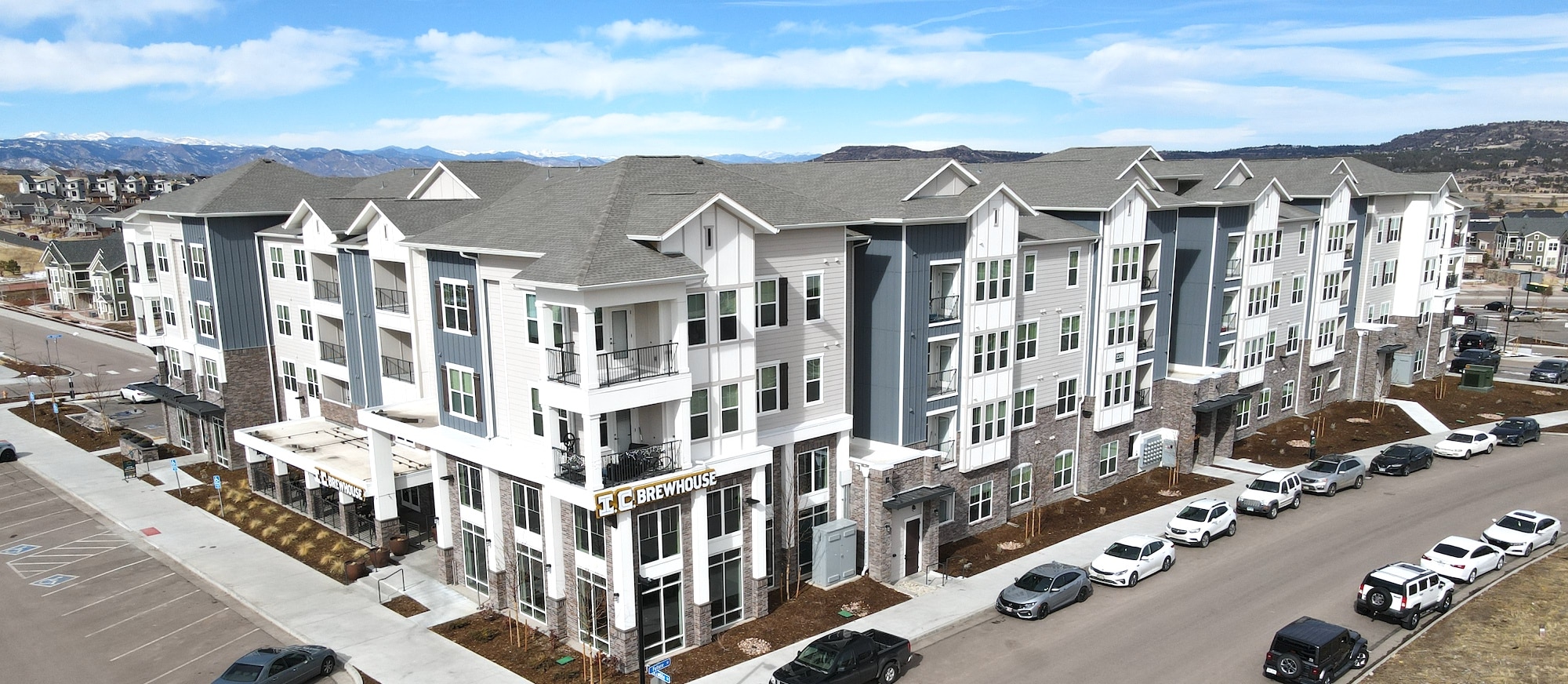Roof Storm Damage: What You Need to Know
Table of Contents
Your roof is supposed to shield your home and loved ones from rain, wind, hail, and snow. However, when a storm hits, your roof can take a beating, leading to potential roof damage that may compromise its integrity.

In today’s guide, we’ll help you understand:
- The various types of roof storm damage
- How to identify them
- Insurance coverage
- Temporary repairs
- Replacement considerations
- The associated costs
Types of Roof Storm Damage
Storm damage comes in a variety of forms. Here are a few of the most common types of roof damage:
- Wind Damage: Wind can lift shingles, tear off roof decking, and even uproot entire sections of the roof. You might notice missing shingles, curling or lifting at the edges, or debris scattered around the yard.
- Hail Damage: Hail can cause dents, cracks, and granule loss on shingles. This type of roof storm damage may not always be immediately apparent, but over time, it can lead to leaks and deterioration of the roof structure.
- Water Damage: Heavy rainfall can lead to water intrusion, resulting in leaks, mold growth, and rot. Look for water stains on the ceiling, dampness in the attic, or peeling paint on walls, which could indicate roof damage from water.
- Ice Damage: In colder climates, ice dams can form along the eaves, preventing proper drainage and causing water to back up under the shingles. This can lead to roof damage to the deck, insulation, and interior spaces.
- Debris Damage: Falling branches, flying debris, or even hail impacts can cause physical roof storm damage such as punctures, cracks, or broken shingles.

Identifying Roof Storm Damage
After a storm, it’s essential to inspect your roof for signs of roof damage. Here’s what to look for:
- Missing or lifted shingles
- Cracked or broken shingles
- Dents or dimples on shingle surfaces
- Granule loss (shingle grit in gutters or on the ground)
- Damaged flashing around vents, chimneys, and skylights
- Leaks or water stains in the attic or ceiling
- Sagging or bowing sections of the roof
If you notice any of these signs, it’s crucial to address the roof storm damage promptly to prevent further deterioration.
Insurance Coverage for Roof Damage
Whether your homeowner’s insurance covers roof storm damage depends on your policy and the specific circumstances of the damage. Generally, insurance policies cover sudden and accidental roof storm damage from wind, hail, and falling debris. However, they may not cover damage resulting from lack of maintenance or wear and tear.
To file a claim for roof storm damage, document the damage with photos and videos, and contact your insurance provider as soon as possible. An adjuster will assess the damage and determine the coverage and reimbursement amount for repairs or replacement.
Temporary Roof Repairs: 5 Tips
While waiting for insurance claims to process or for permanent repairs to be scheduled, it’s essential to make temporary fixes to prevent further roof storm damage.
- Cover Exposed Areas: Use tarps or plastic sheeting to cover exposed areas of the roof where shingles are missing or damaged.
- Seal Cracks and Holes: Inspect the roof for any cracks or holes and seal them using roofing cement or silicone caulk to prevent water from worsening the roof damage.
- Replace Missing Shingles: If you have spare shingles available, replace missing or damaged shingles using roofing adhesive.
- Clear Debris: Remove any debris, such as branches or leaves, from the roof surface and gutters to prevent pooling water and additional roof damage.
- Reinforce Flashing: Check flashing around vents, chimneys, and skylights for signs of roof storm damage and reinforce it with roofing cement or screws.

When to Replace Your Roof
While minor roof storm damage can often be repaired, severe or widespread damage may warrant a full roof replacement. Signs it’s time for a new roof include:
- Extensive roof damage covering more than 30% of the roof surface
- Multiple layers of shingles compromising the roof’s integrity
- Persistent leaks or water damage despite repairs
- Structural issues such as sagging or bowing sections of the roof
Cost of Repairs and Replacements
The cost of repairing or replacing roof damage can vary depending on the extent of the damage, roofing material, and labor rates. Here’s a breakdown of typical costs:
- Minor repairs: $200 – $500
- Moderate repairs: $500 – $1500
- Major repairs: $1500 – $5000
- Roof replacement: $5000 – $15000+
A Roofing Company That Takes Roof Storm Damage Seriously
Storm damage to your roof can be a stressful and costly ordeal. Understanding the types of roof storm damage, identifying signs, and knowing how to proceed with repairs or replacement can help ease the process.
Ready to repair your roof and make it stronger than ever? Contact Tectum Roofing to get started!
Contact Tectum Roofing today to learn why we choose Malarkey roof shingles for our customers.



